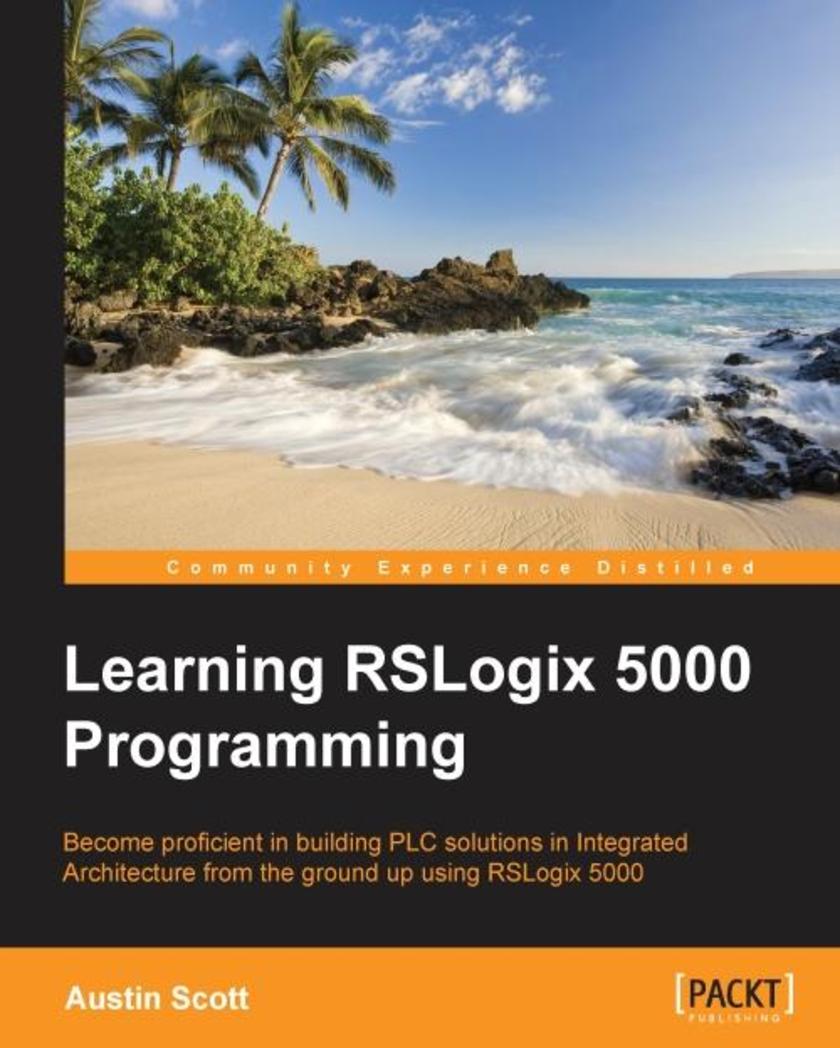
Learning RSLogix 5000 Programming
¥71.93
This book is for PLC programmers, electricians, instrumentation technicians, and automation professionals with basic PLC programming knowledge, but no knowledge of RSLogix 5000. If you are a student who is familiar with automation and would like to learn about RSLogix 5000 with a minimal investment of time, this is the book for you.
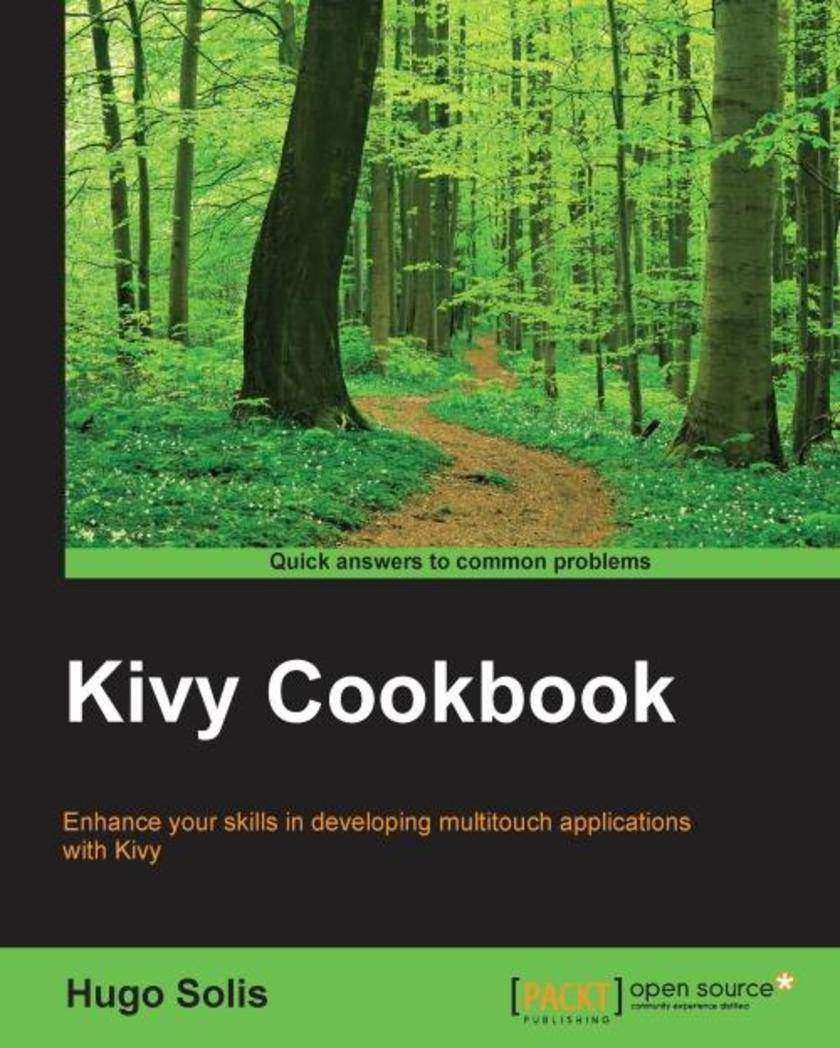
Kivy Cookbook
¥90.46
This book is intended for developers who want to use features of the Kivy framework and develop multitouch applications. Prior experience with Kivy is not required although familiarity with Python is expected.
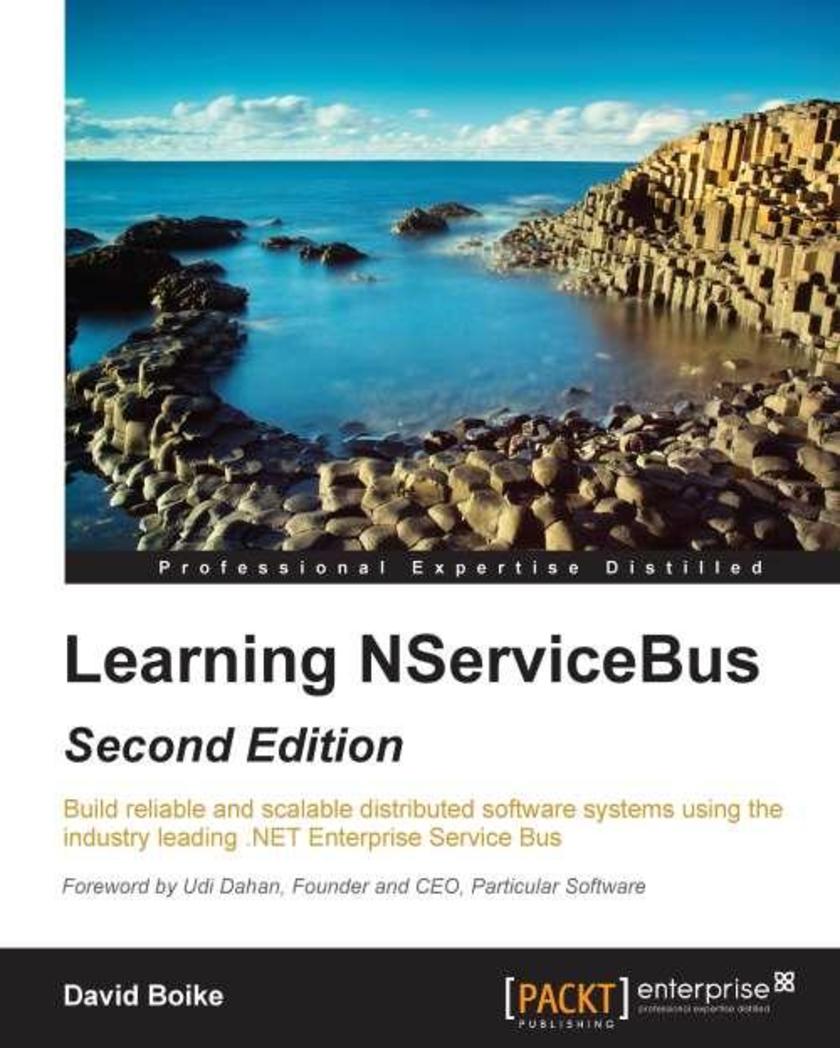
Learning NServiceBus - Second Edition
¥54.49
If you are a .NET developer who wants to eliminate the problems related to defective third-party web service integration or batch job failures, then this is the book for you. It is also perfect for those of you who are new to NServiceBus and service-oriented architecture and would like to learn how you can streamline all of your development efforts.

Learning Three.js – the JavaScript 3D Library for WebGL - Second Edition
¥90.46
If you know JavaScript and want to start creating 3D graphics that run in any browser, this book is a great choice for you. You don't need to know anything about math or WebGL; all that you need is general knowledge of JavaScript and HTML.
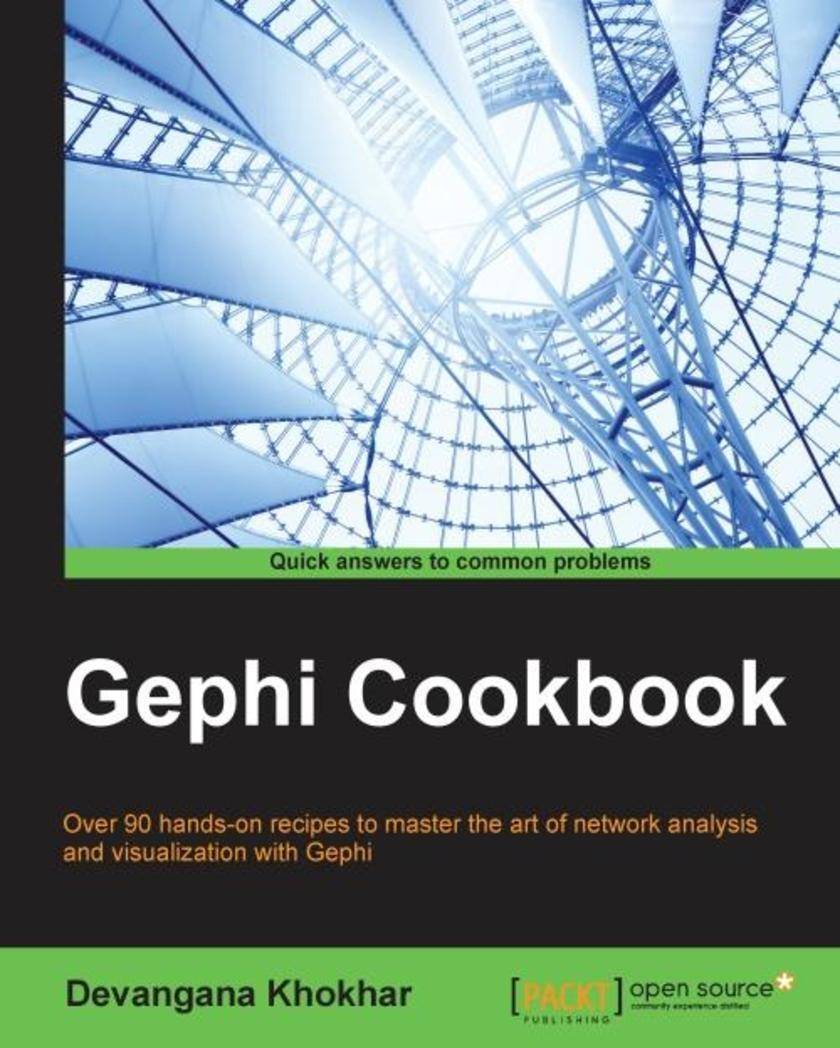
Gephi Cookbook
¥80.65
If you want to learn network analysis and visualization along with graph concepts from scratch, then this book is for you. This is ideal for those of you with little or no understanding of Gephi and this domain, but will also be beneficial for those interested in expanding their knowledge and experience.
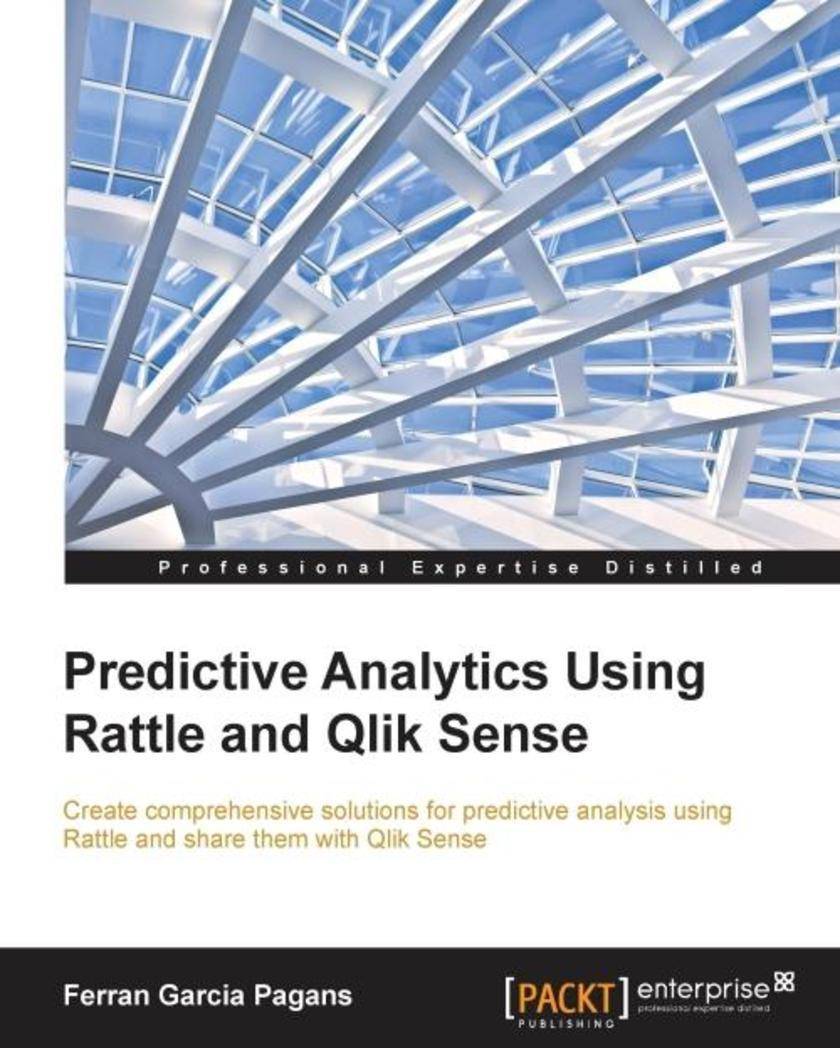
Predictive Analytics Using Rattle and Qlik Sense
¥63.21
If you are a business analyst who wants to understand how to improve your data analysis and how to apply predictive analytics, then this book is ideal for you. This book assumes you have some basic knowledge of statistics and a spreadsheet editor such as Excel, but knowledge of QlikView is not required.
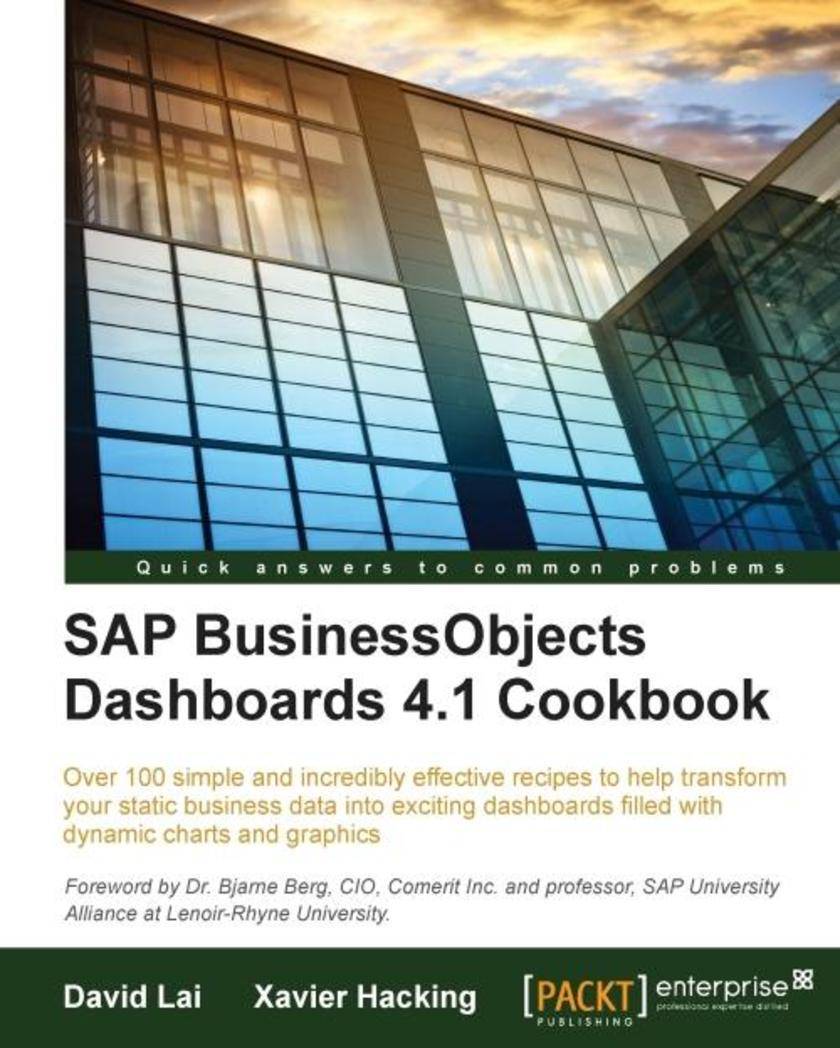
SAP BusinessObjects Dashboards 4.1 Cookbook
¥90.46
If you are a developer with a good command and knowledge of creating dashboards, but are not yet an advanced user of SAP BusinessObjects Dashboards, then this is the perfect book for you. Prerequisites include a good working knowledge of Microsoft Excel as well as knowledge of basic dashboard practices.
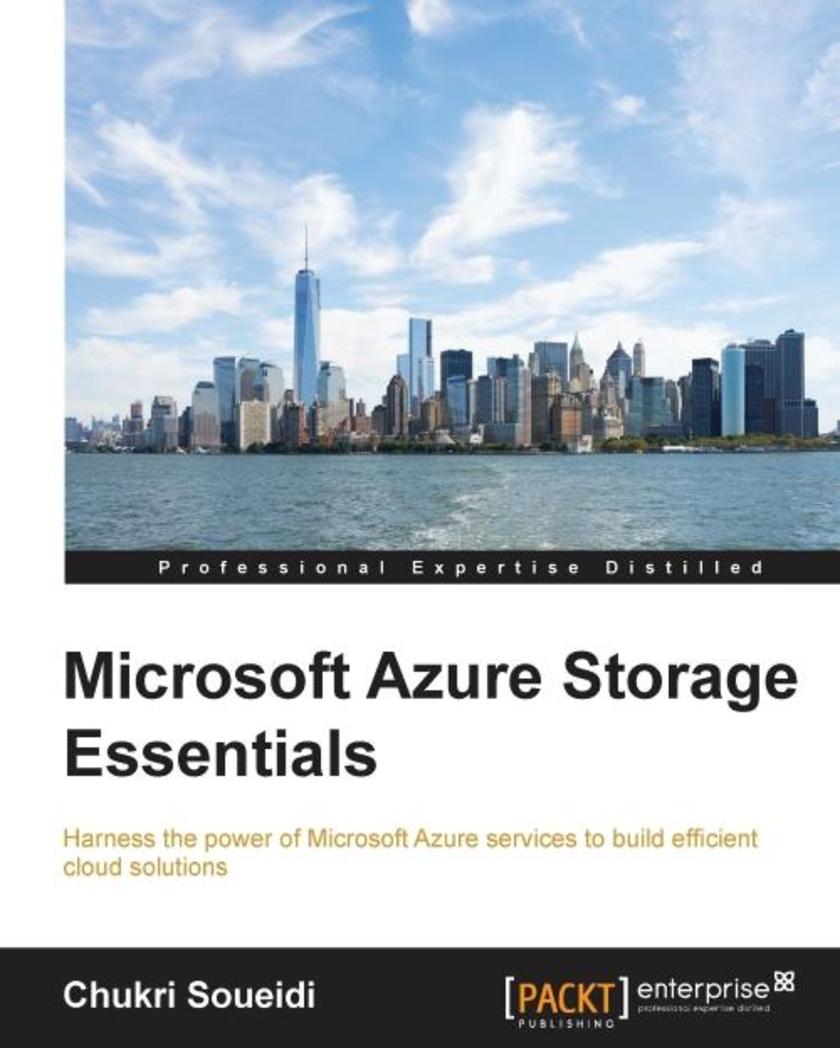
Microsoft Azure Storage Essentials
¥63.21
If you are an IT professional with a basic knowledge of Microsoft Azure and want to learn Azure Storage services, then this book is for you.
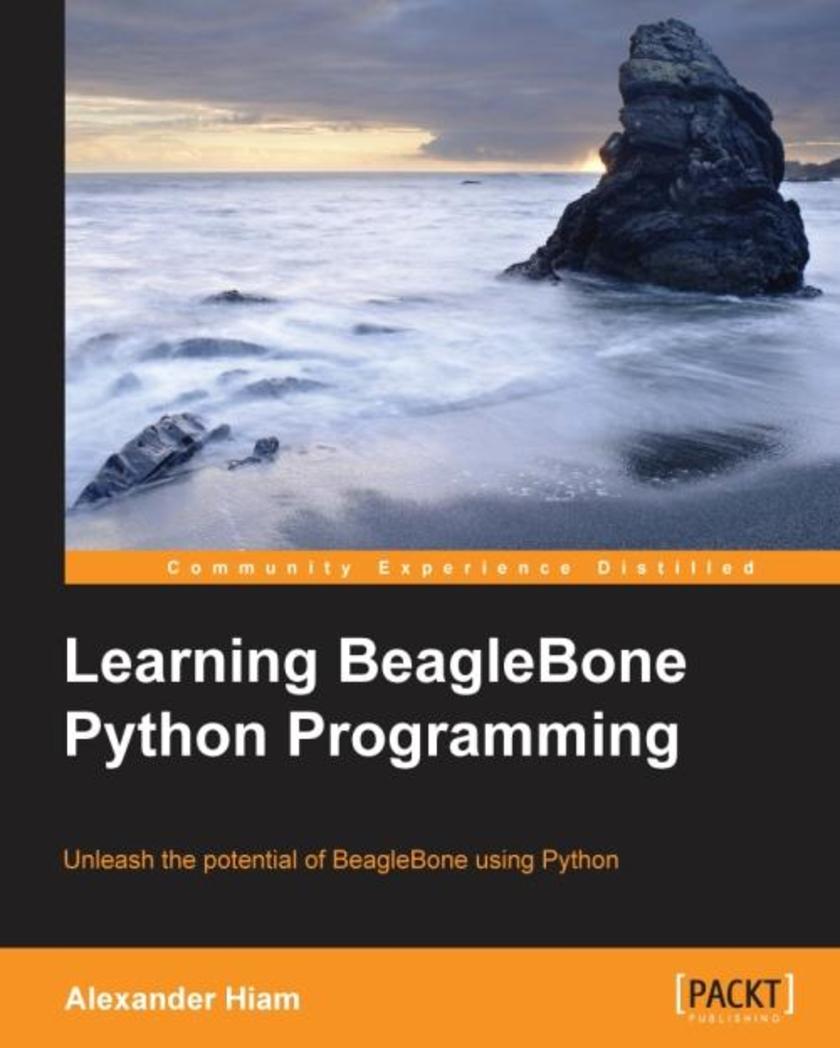
Learning BeagleBone Python Programming
¥71.93
If you have experience with the Python language and are interested in getting started with electronics, then BeagleBone Black is the perfect platform for you and this book will provide you with the information you need.

Spring Cookbook
¥80.65
This book is for you if you have some experience with Java and web development (not necessarily in Java) and want to become proficient quickly with Spring.

Qt 5 Blueprints
¥90.46
If you are a programmer looking for a truly cross-platform GUI framework to help you save your time by side-stepping the incompatibility between different platforms and building applications using Qt 5 for multiple targets, then this book is most certainly intended for you. It is assumed that you have a basic programming experience of C++ and fundamental knowledge about Qt.
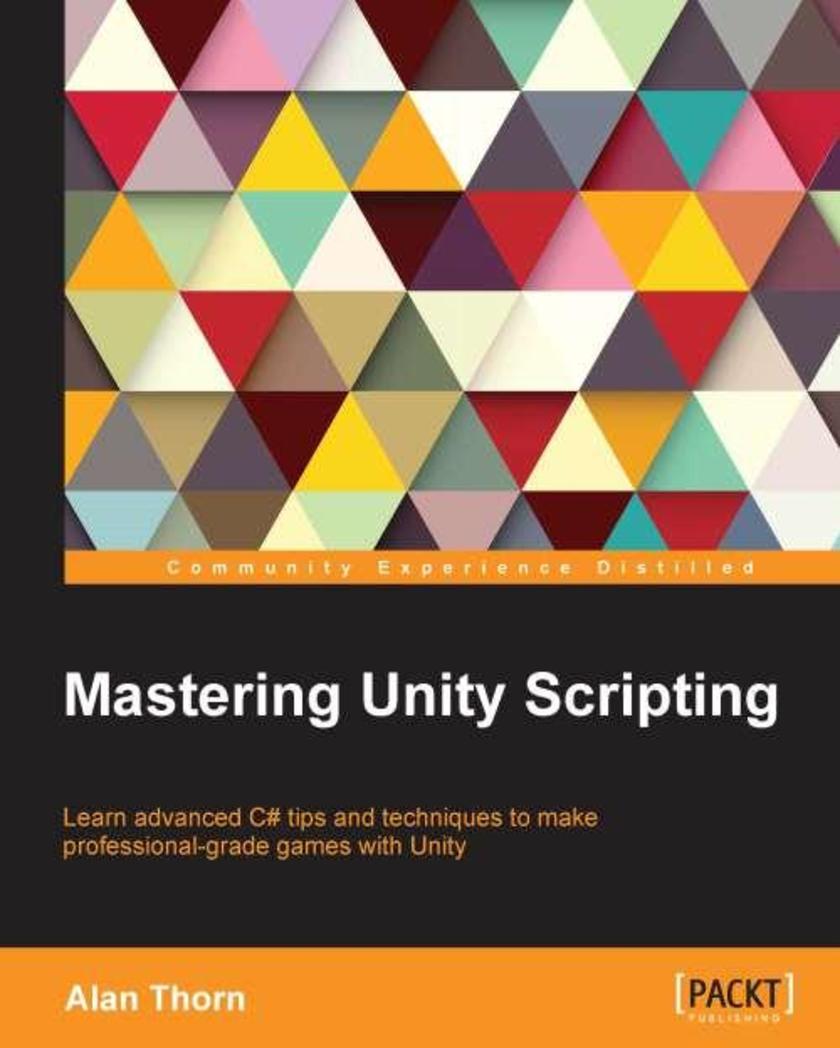
Mastering Unity Scripting
¥90.46
Mastering Unity Scripting is an advanced book intended for students, educators, and professionals familiar with the Unity basics as well as the basics of *ing. Whether you've been using Unity for a short time or are an experienced user, this book has something important and valuable to offer to help you improve your game development workflow.

GameMaker Essentials
¥45.77
This book is for users experienced with game development who now want to learn how to develop games in GameMaker: Studio in a fast-paced way.
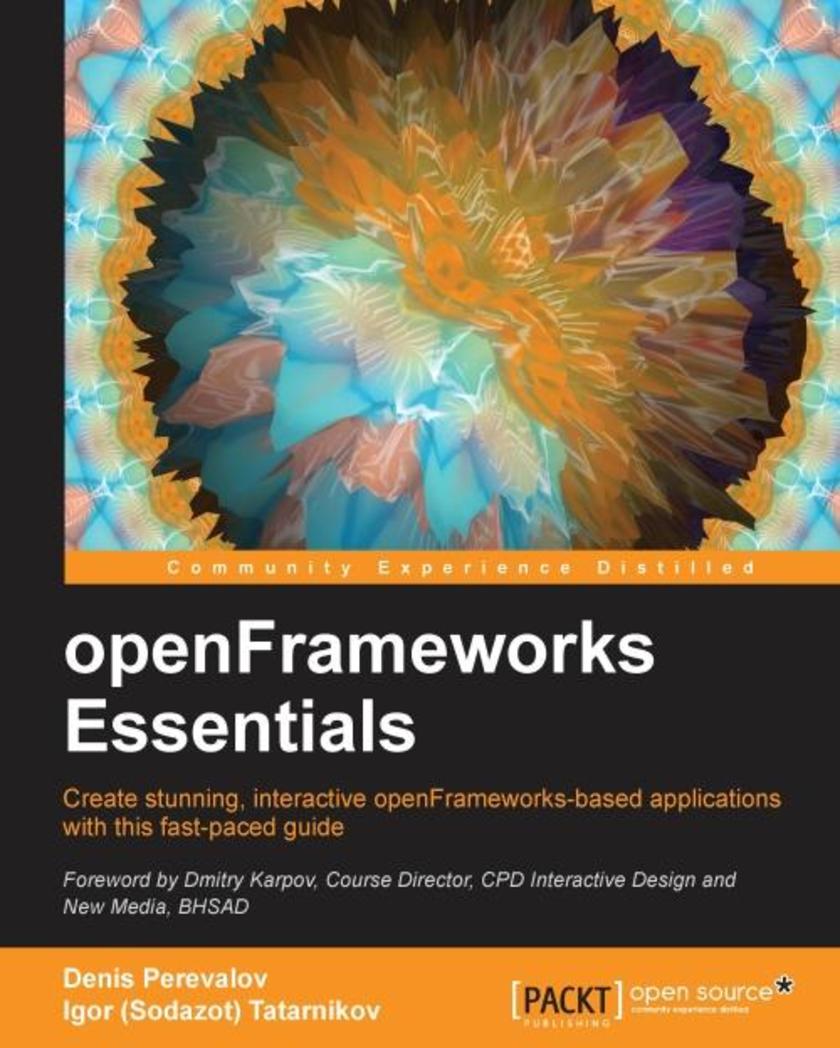
openFrameworks Essentials
¥54.49
If you are a programmer, visual artist, or designer with experience in creative coding, and want to use openFrameworks to create fun, stunning, and interactive applications, this is the book for you. Basic knowledge of programming languages, such as C++, Java, Python, or JavaScript, will be enough to proceed with the book.
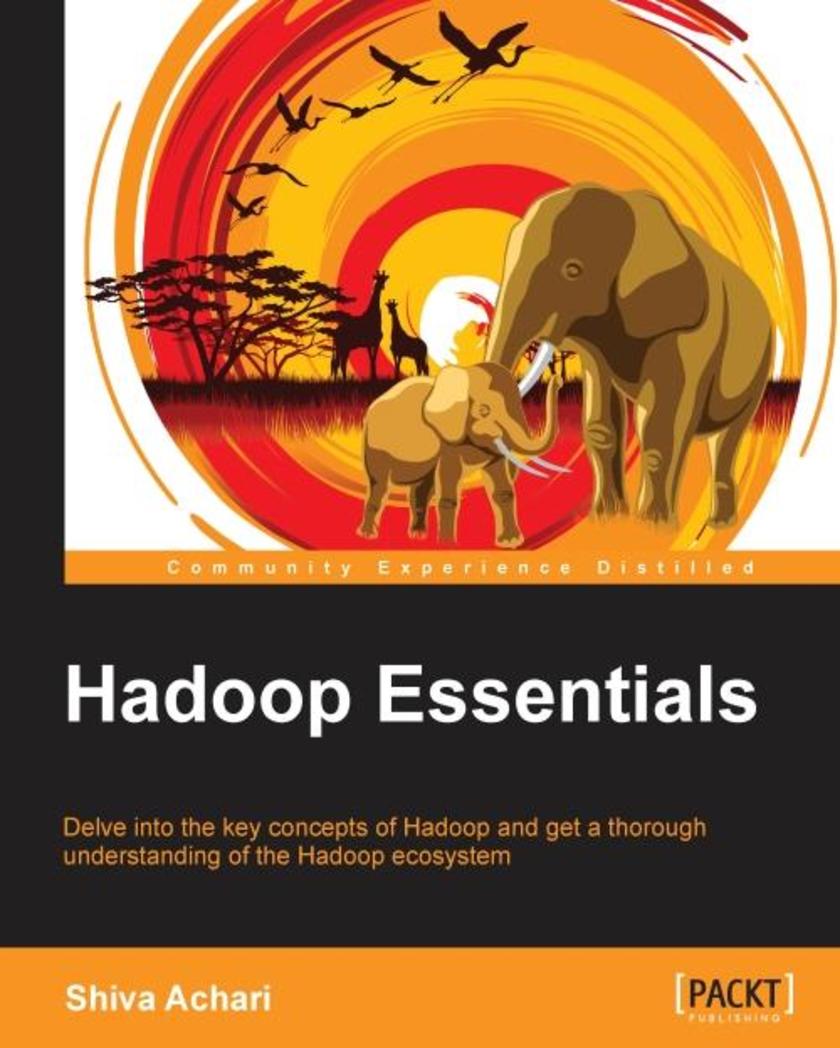
Hadoop Essentials
¥54.49
If you are a system or application developer interested in learning how to solve practical problems using the Hadoop framework, then this book is ideal for you. This book is also meant for Hadoop professionals who want to find solutions to the different challenges they come across in their Hadoop projects.
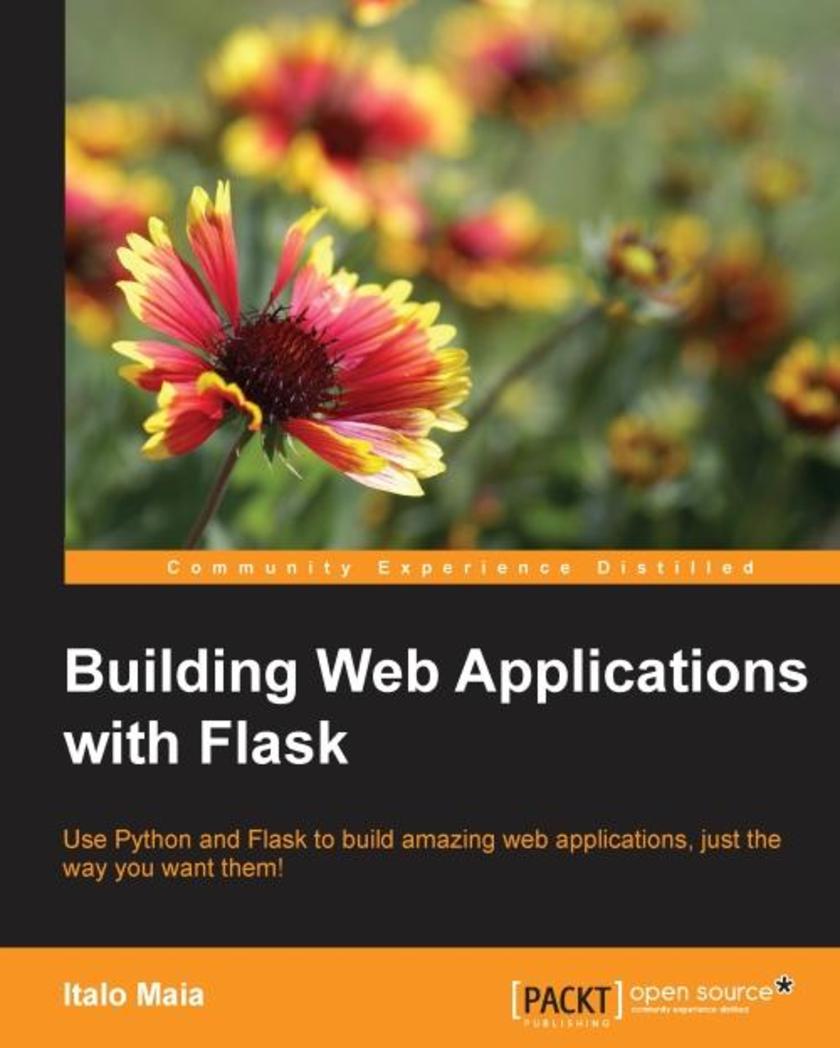
Building Web Applications with Flask
¥63.21
If you are a Python web developer who wants to learn more about developing applications in Flask and scaling them with industry-standard practices, this is the book for you.

BeagleBone Media Center
¥45.77
Whether you are a hobbyist or a professional, this book will get you fully equipped to resolve the most commonly occurring media-related challenges. If you want to expand your horizons beyond lighting an LED and push the limits of your board, this is just the book for you. Working knowledge of BeagleBone is assumed.
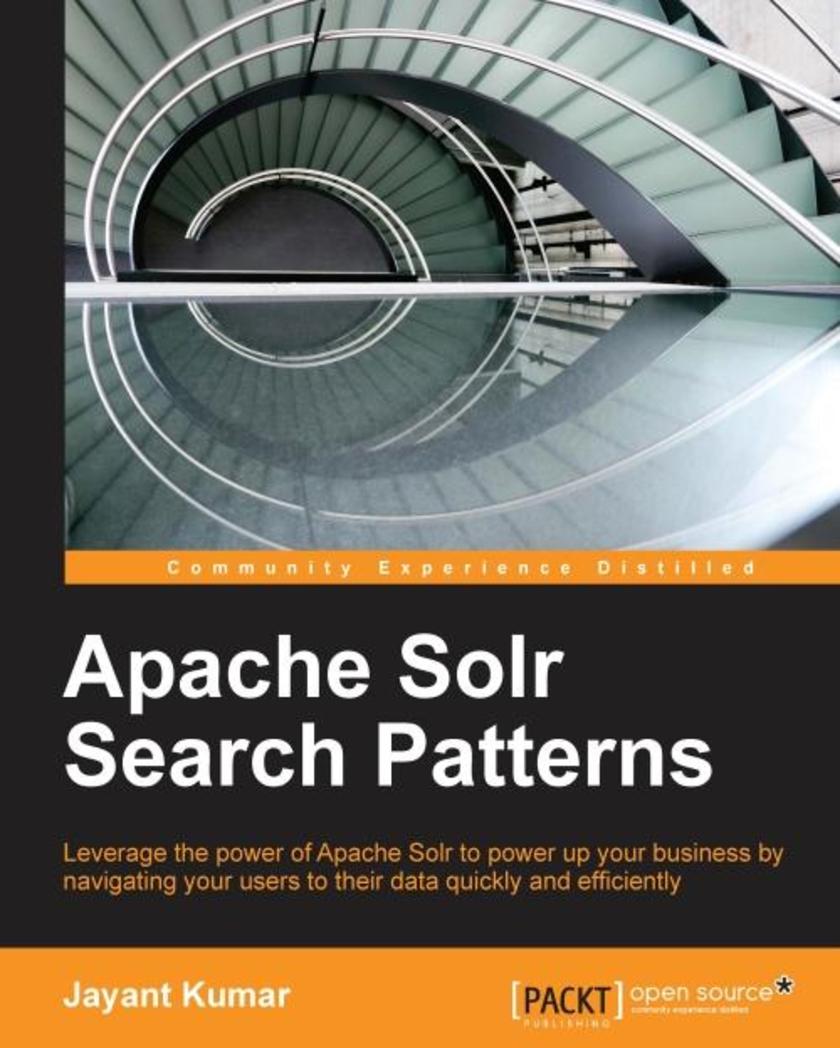
Apache Solr Search Patterns
¥90.46
This book is for developers who already know how to use Solr and are looking at procuring advanced strategies for improving their search using Solr. This book is also for people who work with analytics to generate graphs and reports using Solr. Moreover, if you are a search architect who is looking forward to scale your search using Solr, this is a must have book for you. It would be helpful if you are familiar with the Java programming language.
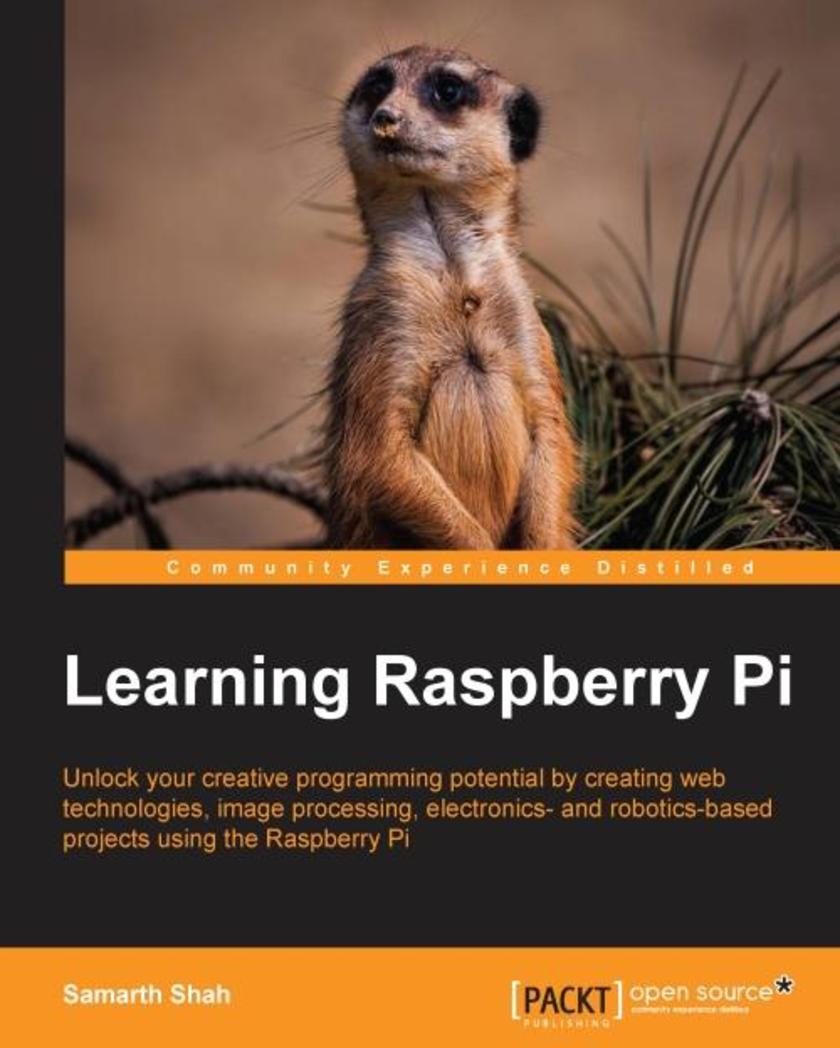
Learning Raspberry Pi
¥80.65
If you have a passion for technology and want to explore the world of Raspberry Pi, then this book provides you with all the tools and information you are looking for. Although being familiar with basic programming concepts is useful, you can still learn a lot from this book as a wide variety of topics are covered.

Learning Behavior-driven Development with JavaScript
¥90.46
This book is ideal for any JavaScript developer who is interested in producing well-tested code. If you have no prior experience with testing, Node.js, or any other tool, do not worry, as they will be explained from scratch.

Mastering Predictive Analytics with R
¥90.46
This book is intended for the budding data scientist, predictive modeler, or quantitative analyst with only a basic exposure to R and statistics. It is also designed to be a reference for experienced professionals wanting to brush up on the details of a particular type of predictive model. Mastering Predictive Analytics with R assumes familiarity with only the fundamentals of R, such as the main data types, simple functions, and how to move data around. No prior experience with machine learning or predictive modeling is assumed, however you should have a basic understanding of statistics and calculus at a high school level.




 购物车
购物车 个人中心
个人中心



